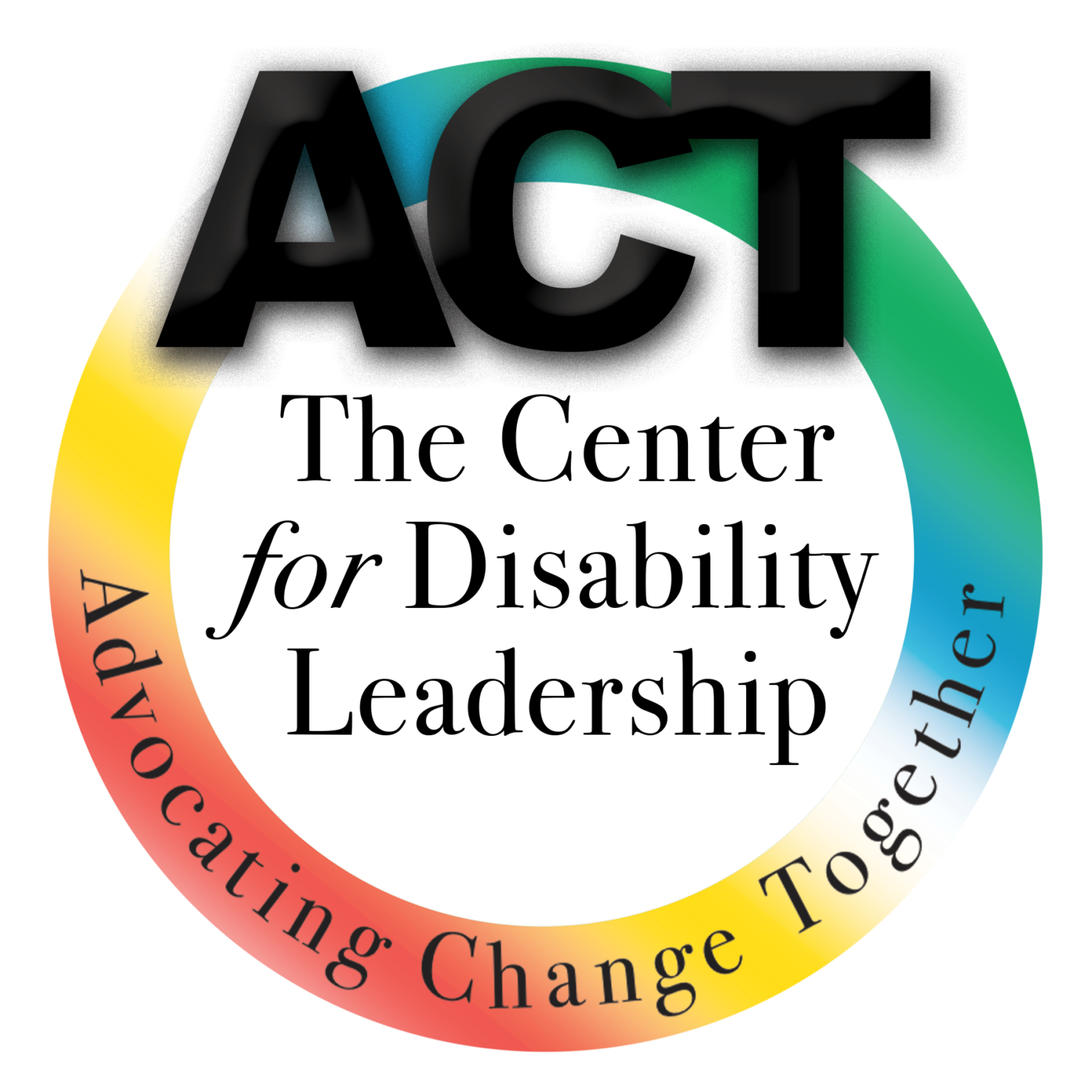Title: Deepening Your Self-Advocacy
1a Sixteen
Description: Everyone gathers in a circle and counts out loud, while moving various body parts.
Objective: Engage everyone, draw attention together. Fun and easy warm-up to pick up the group energy1b You Don’t Say
Description Draw a picture of something important in your life, then show/tell others about it.
Objectives
■ Build comfort and community as people share a bit about themselves.
■ Build a good foundation to do deeper work on assertiveness.
■ Practice speaking from the heart.
1c I Want To Live Like This
Description: People look at the photos in their program kits and choose one that shows something they might want to try in their life, then talk about the support they would need to do it.
Objectives
■ People share something that appeals to them
■ Compare their interests to those of others, and
■ Lay groundwork for acting to make change
2a Practice Assertiveness
Description: Volunteers take turns role-playing simple situations three times: once passively, once aggressively, and once assertively.
Understand the difference between communicating passively, aggressively, and assertively.
■ Experience which communication method is most effective
3a Practice Using “I” Statements
Description: Participants play simple games to practice noticing and using I Statements for effective communication.
Objectives
■ Learn the difference between You Statements and I Statements
■ Pay attention how it feels to give or receive each type
3b Guess What I’m Good At
Description: Participants use this charade exercise to silently show something they’re good at while others guess.
Objective: Know and name strengths.
Understand and practice how you use your body to communicate
4b The Spat in the Hat
Description Participants draw scenarios from a hat and try out different ways to deal with small, everyday conflicts
Objectives More practice at noticing your options for how to respond to conflict
5a Intro to CRPD
Description Participants hear about the 2007 United Nations Convention on the Rights of Persons with Disabilities (CRPD) by looking together through a plain-language summary.
Objectives
■ Become familiar with the idea that we have rights protected by laws and treaties.
■ Learn about the United Nations CRPD treaty.
■ Become familiar with the human rights textbook we’ll be using.
5b Four Rights of Respect
Description: Participants break into teams to lean together abut four rights of Respect, develop skits to show the lack of these rights and tell other what the CPRD call for
Objectives
■ Learn about four specific rights related to Respect
Consider how these rights apply to participants lives
Practice telling others about these rights
6 Four Rights of Inclusion
Description: Participants break into teams to lean together about four rights of inclusion, develop skits to show the lack of these rights and tell other what the CPRD envisions
Objectives
■ Learn about four specific rights related to Inclusion
Consider how these rights apply to participants lives
Practice telling others about these rights
7 The Right of Change
Description: Participants break into teams to lean together about four rights of change, develop skits to show the lack of these rights and tell other what the CPRD call for
Objectives
■ Learn about four specific rights related to Change
Consider how these rights apply to participants lives
Practice telling others about these rights
8a My Favorite Right
Description Participants review 12 basic rights of CRPD, considering which speaks most strongly to them and taping their photos next to that rights
Objective: Apply new understanding of rights to your own life, make it relevant.
8b Worksheet–Open Doors
Description: Participants choose and discuss CRPD right, what helps it happen, what are barriers, then draw what this right means in their life.
Objective: Learn more about human rights
Apply new knowledge in your live
Practice telling others about that rights
Objectives
■ Review and reinforce human rights learning by using a creative group process.
■ everyone get involved in creativity
9 Poetry Power
Description: Participants use powerful and positive words and phrases to create poems that describe how our communities could be better.
Objectives
■ To engage participants to dream of a community without negative attitudes and barriers.
■ Participants practice naming the power of self-advocacy.
■ Participants practice working together on a common goal.
10. Laws Make Our Community Better
Description Participants discuss the importance of laws to protect disability rights, and dream up a new law they would like to see passed
Objectives
■ Understand the importance and power of new laws to make change.
■ See themselves as someone who has the vision to propose a new law.
■ Connect issues in their life to laws, existing or needed.
11. Field Trip
Description Field trip, where participants share new knowledge about rights by taking their favorite posters an displaying them in a prominent plan in town
Objectives: Experience taking action in the community
Experience being a human rights educator.
12. Review and Celebrate Our Achievement
Description Recognition and celebration of participants’ successful completion of all 12 sessions.
